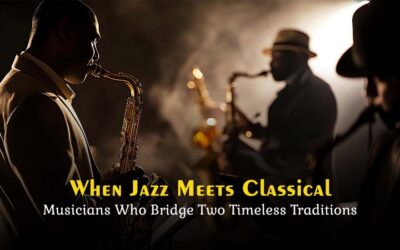
Sylvia Brooks, directed by Tom Garvin on piano, and backed by Chris Colangello on bass, Kendall Kay on drums, Kim Richmond on sax and flute, and Jamie Havorka on trumpet, performed not so much a concert as dramatic musical monologues of some tasteful 20th Century standards, laced with pop-Latin pieces that may never have been lent such authority before. In the hands of this singer and this group, each song is part of a series of musical vignettes on the theme of the uneven playing field of love. One of the first songs to engage the seasoned and enthusiastic audience at Catalina’s that Wednesday was “The Man That Got Away,” a favorite vehicle for Judy Garland, written by Harold Arlen and Ira Gershwin.
Ms. Brooks’ voice has a wide range, and her style is influenced by her background in musical theater. She elegantly and eloquently embodies the torch singer archetype, inviting comparisons to Lena Horne and Judy Garland. The band’s precise rhythms complement Ms. Brooks’ personalized renditions, with all elements together making the lyrics more poetic than they are usually presented as. Thus, Brooks is able to out-London Julie London’s signature interpretation of, yes, “Cry Me a River” in a way that indulges the listener to do just that. The Arlen-Mercer song, “One for my Baby (And One More for the Road)” pulls the audience into the site of its little drama, not only making us suspend our disbelief, but our designated driver as well.
Duke Ellington’s “Sophisticated Lady,” in other settings sometimes laborious, lives up to its potential in the voice of and characterization by Ms. Brooks. “Sway,” the 1953 hit covered by everyone, including Dean Martin and Bobby Rydell in its first decade alone, comes from a mambo called Quien Sera, written by Pablo B. Ruiz. It settles back more seriously into its Latin roots under the control of this production. Even the turn-of-the-last-century “Never Dance” (Never kiss the way that he kissed me) sounds more authentic.
In a week of festivities, Sylvia Brooks and her band carved out a drama and a sound which was its own celebration, and a high-art homage to an era which is too often merely made nostalgic.
The LA Weekly.



